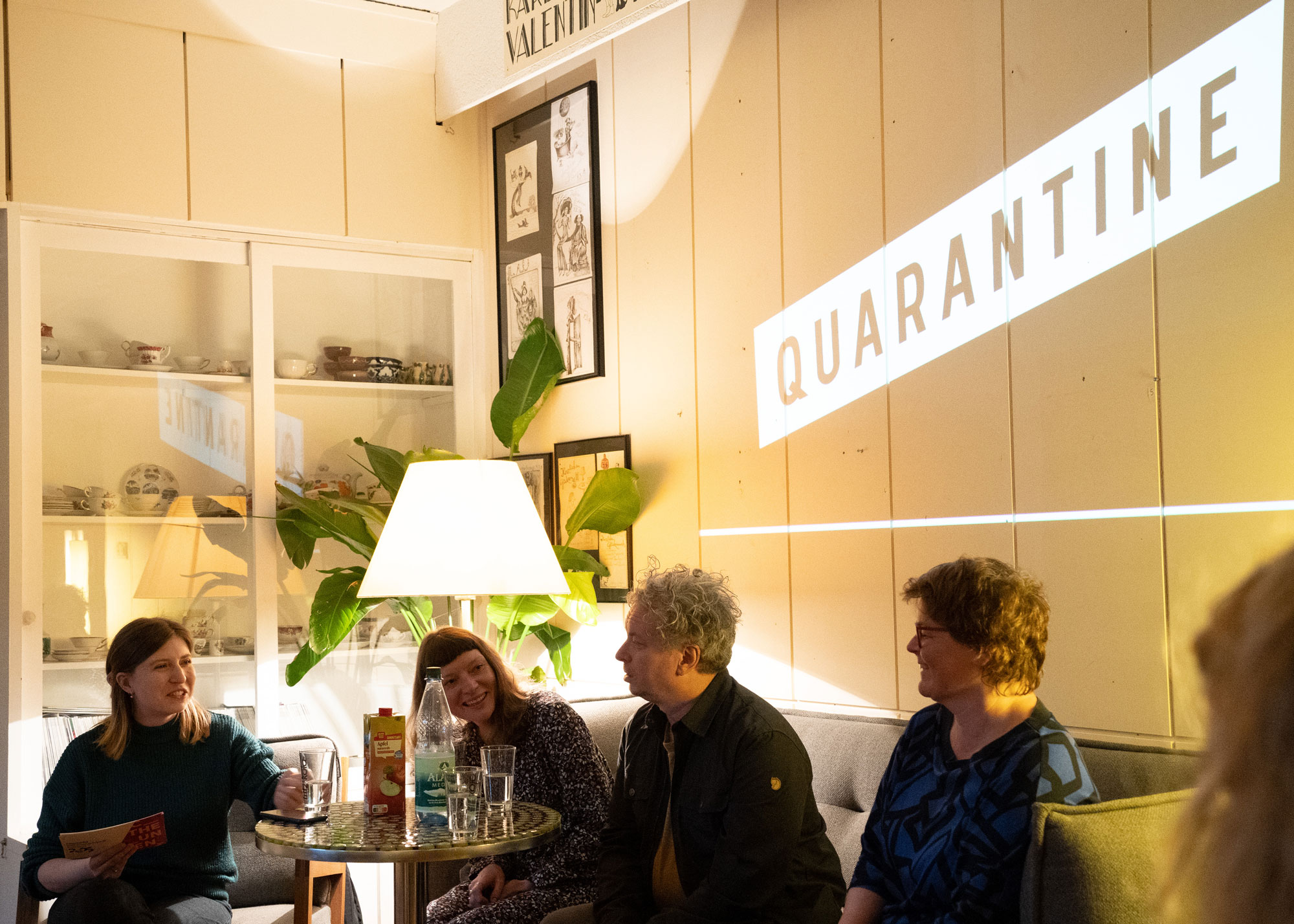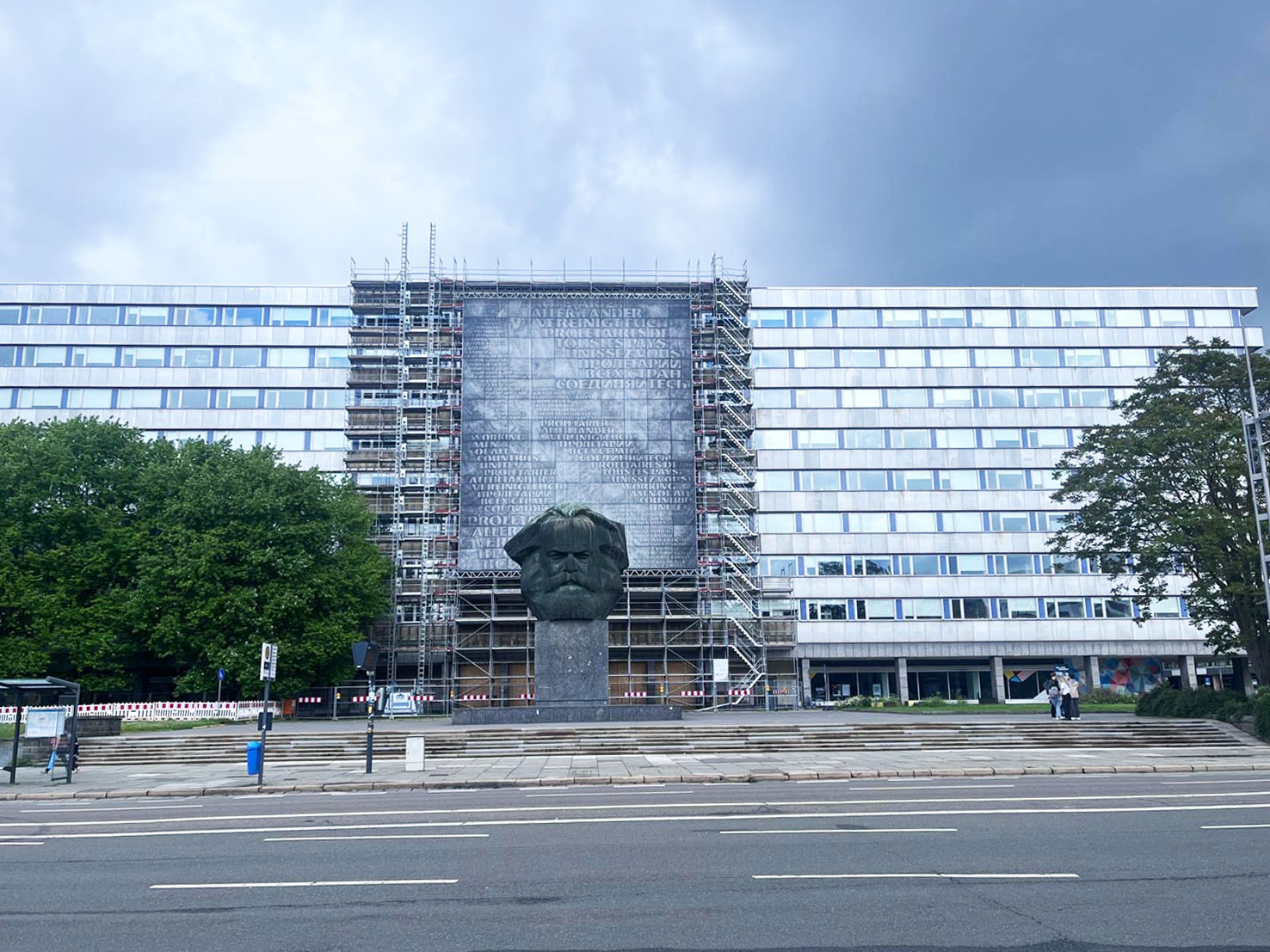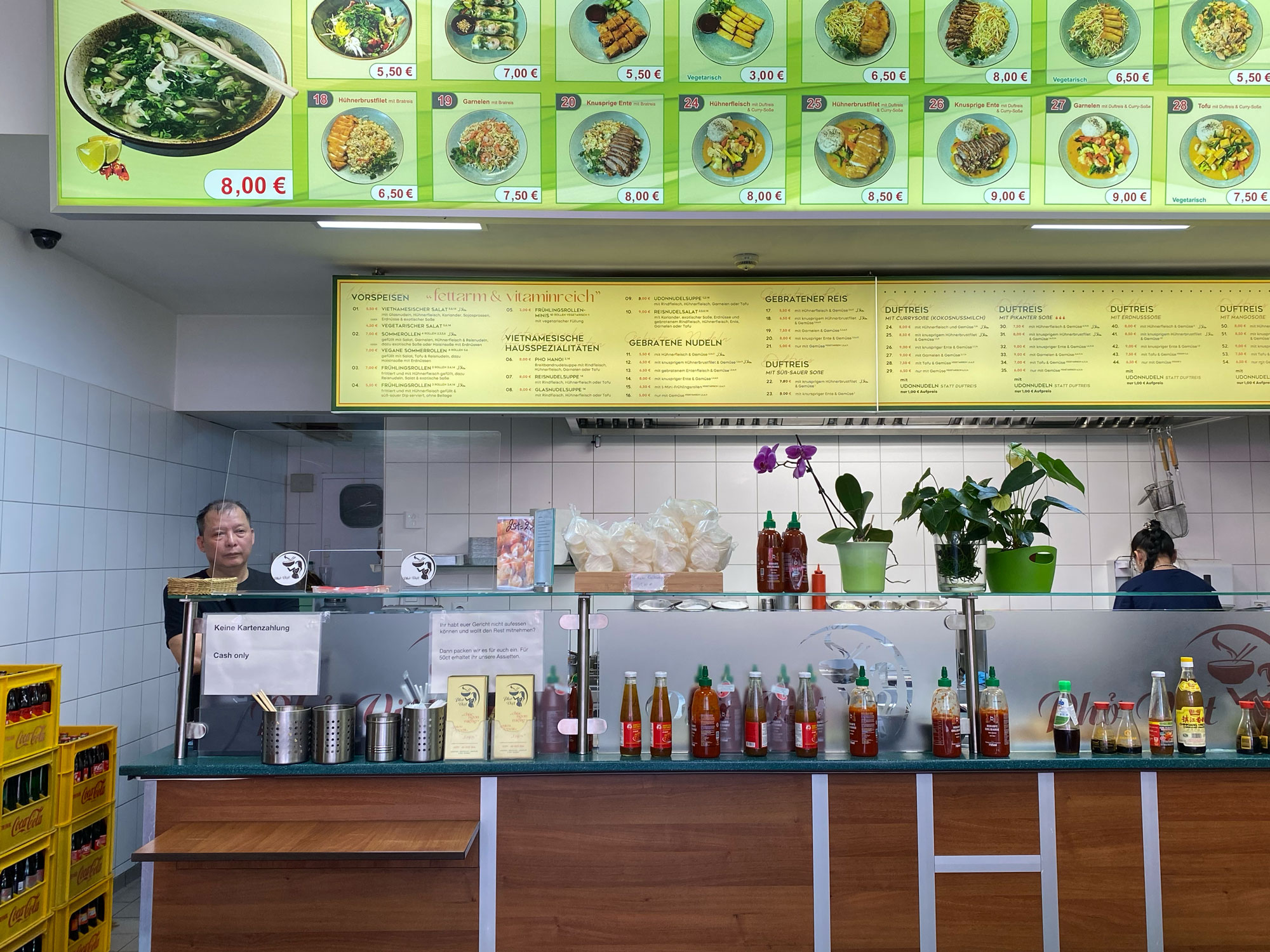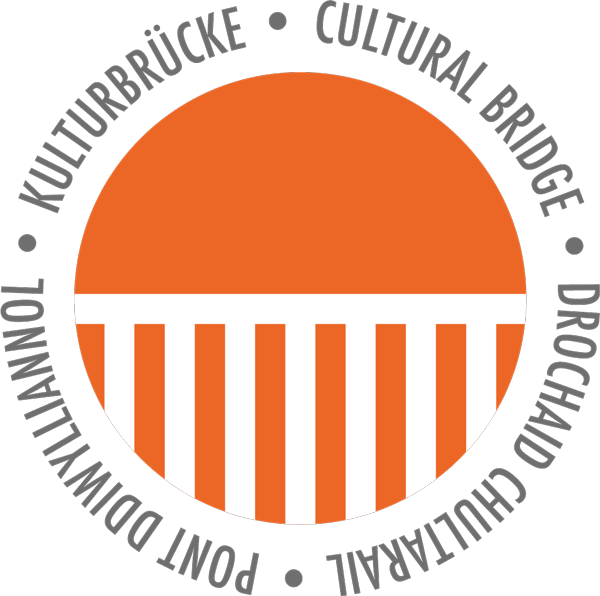Image: No such thing, Chemnitz, 2024. Photo Kate Daley
It is Sunday afternoon, 2 June 2024, in Chemnitz, and Quarantine’s last day here after a rich week in the city as part of an exchange with ASA-FF made possible by Cultural Bridge. Quarantine is a group of people working together as artists and producers, united by an interest in everyday life, based in Manchester. ASA-FF is a global learning network based in Chemnitz.
In 2025, Quarantine will work with ASA-FF and other artists in Chemnitz to deliver a three-part project titled The Questions. We’re using this visit to meet arts organisations, artists and community groups, and to gain a more nuanced understanding of the city and its similarities and differences to Manchester. We’re also taking part in DRiP, a festival organised by ASA-FF, which is focused on generating conversation with people rather than about them.

Image: Quarantine in Chemnitz. Photo: Franziska Kurz, Fritz Theatre
So far this week we’ve visited libraries; met with writers; witnessed old factory buildings that have found new identities as coffee roasters, night clubs, workspaces; been caught out by how early the shops close; eaten many meals in Vietnamese cafés; seen a photography exhibition about young people in East Germany; spoken to Begehungen arts festival about how they use abandoned sites around the city as temporary exhibition spaces; met a sociology professor from the university who spoke interestingly about all the ways democracy can undermine itself; and heard from local artists about the varied projects they are making happen here and what they think is missing…

Image: Chemnitz. Photo: Sarah Hunter
Today I’m walking from the centre of town to Sonnenberg, an area east of the centre that was originally built in the 1900s as a working-class district to alleviate housing shortages, and that today, like much of Chemnitz, is full of visible contrasts in architecture, wealth, politics, and culture. I’m on my way to the Stadtwirtschaft. Once a processing plant for the city’s waste, it is now in the process of being regenerated into a ‘space for makers’ as part of Chemnitz European Capital of Culture 2025. There are plans for studios, exhibition/event space, and a neighbourhood café. Currently on site is a car repair garage and a business that engraves headstones. These will stay. On route I pass old buildings with decorative facades; a woman hanging bedsheets up to dry in the common green space between blocks of flats; a group of men chatting and smoking shisha on small fold out stools set up directly on the pavement; a security guard statuesque outside an official looking building; the enormous statue of Karl Marx’s head; children using barriers erected around roadworks as goal posts for a football match; an empty playground.

Image: No such thing, Chemnitz, 2024. Photo Kate Daley
Germany is a week from local elections, and almost every lamppost has become a site for campaign signs declaring ambitions for what and how this city/state/country could be. I use a translation app to try and understand the slogans. More contrast. The AFD promises to rethink Europe and put ‘our land first’. The SPD offers to be ‘your voice against hate’. The Pro Chemnitz Party openly rejects the notion of the city becoming capital of culture, stating that they’ll provide a ‘safe city’ instead. The Left Chemnitz Party calls for a city that is socially just and sustainable. The Free Saxony Party declares they will ‘close the money tap’ and stop the ‘flood’ of asylum seekers. The Party of Humanists simply state ‘our heart burns for a plan B’. On some of the signs, someone has stuck stickers over the mouths of the more right-wing candidates to make it appear as though they are campaigning for LGBTQIA+ rights.
Unsurprisingly, the upcoming elections are a source of much conversation. Since violent protests led by extreme right-wing groups in Chemnitz made global headlines in 2018, the city has become associated with, and we are told, a breeding ground for, far right, nationalist ideologies. Many of the people we speak with are fearful that this will only get worse. But at the same time, it is clear that many are actively trying to create alternative narratives and realities for Chemnitz: the library offers language learning sessions for migrants and a therapy dog for children who struggle with reading aloud. Artist collectives are bringing new life to parts of the city that were once abandoned. ASA-FF has created a handout for artists and cultural organisations to help them create strategies for dealing with threatened or actual right-wing attacks on arts, culture and education. No-one seems confident about what will happen in 2025. But in this post-industrial, post-reunification city where it seems that everything once was something else (the library a former department store; cultural offices a former bank; the theatre a former factory that made parts for spinning machines…) it feels as if the possibility for change is built into the fabric of this place.

Image: No such thing, Chemnitz, 2024. Photo Kate Daley

